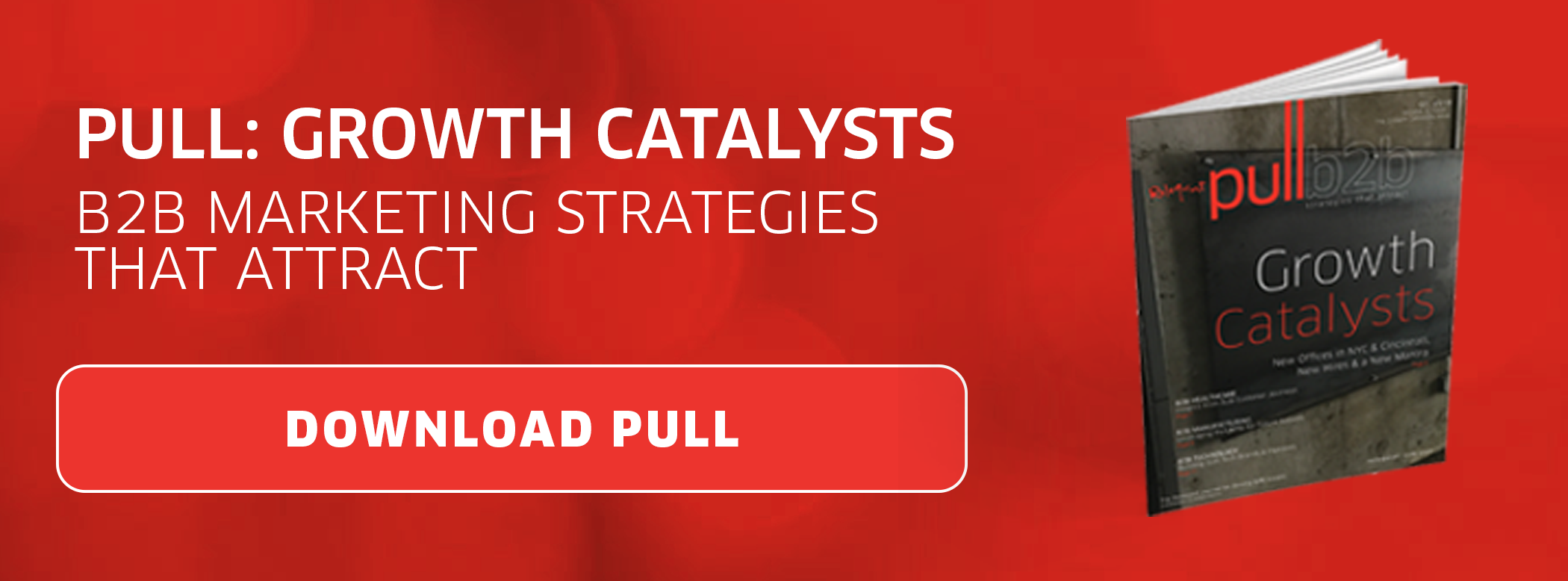 On the surface, it might seem like account-based marketing and inbound marketing are complete opposites. Inbound uses a method of casting a strategic net to bring in as many qualified leads as possible where ABM is, in short, pursuing specific companies individually and from a variety of angles. While the two strategies are quite different, when done right, they can complement each other perfectly.
On the surface, it might seem like account-based marketing and inbound marketing are complete opposites. Inbound uses a method of casting a strategic net to bring in as many qualified leads as possible where ABM is, in short, pursuing specific companies individually and from a variety of angles. While the two strategies are quite different, when done right, they can complement each other perfectly.
The Account Based Marketing Method
In 2015, only 20 percent of B2B marketers were using ABM strategies. By 2017, that number skyrocketed to over 70 percent. Why has this method become so popular among marketers? Proven results: In one study, 85 percent of marketers found that account-based marketing delivered higher returns than any other approach.
One of the main reasons for such strong returns is the high level of focus that the ABM method uses. Rather than casting a wide net to draw in prospects, ABM focuses on only a handful — or even just one — major company to pursue. Resources aren't dedicated to the pursuit unless there's a reliable prediction of success.
Once the target companies have been chosen, the marketing team will do some investigative research to determine who the key stakeholders are, how purchase decisions are made, what the company culture is and how the organization is unique. Next, they create personalized content and messages for each target and distribute it where the stakeholders are likely to find it online.
The Intersection of Inbound and ABM
What these two methods have in common begins with a deep understanding of your audience. Inbound strives to exceed the expectations of a wide range of people with similar qualities. Account-based marketing isn't really that different, as stakeholders within the target company have plenty in common.
Both methods also use highly targeted content distributed across several networks, including social media and display ad networks, to capture the attention of the audience and bring them into the funnel. From that point, both methods seek to nurture leads in a personalized way until they are ready for a pitch or sale.
Inbound and account-based marketing both rely on relationship-building. That involves getting to know who your prospects are, discussing how your solutions might be a good fit, and communicating effectively in a time when most buyers rely heavily on independent research before reaching a purchase decision.
Complementary, My Dear Watson
At the same time you’re running inbound marketing campaigns to attract new prospects, you can use account-based marketing to land a few high-revenue accounts. And because both methods are so similar, there's no need to completely reinvent your marketing strategy or start from scratch with each new pursuit.
Many of the things you'll learn while building buyer personas for your inbound strategies will apply to individual people working for the organizations you'd like to target with ABM, and a great deal of the content itself can be repurposed in many ways.
For example, if you've created an ebook that contains case studies from your most successful customers, you can use that ebook across your digital marketing spectrum. All you need to change is how you offer that high-value asset and, perhaps, what information you want in return for it.
You might structure your PPC ads to bring those leads to a landing page to submit their contact information in exchange for your ebook. But you might offer your ABM leads that same content immediately, ungated, to show how much you value that interaction.
Think of inbound and account-based marketing as members of a team that work together. That way, you can get more out of your marketing efforts while also creating a varied client base for greater long-term stability. ![]()







 By
By 
